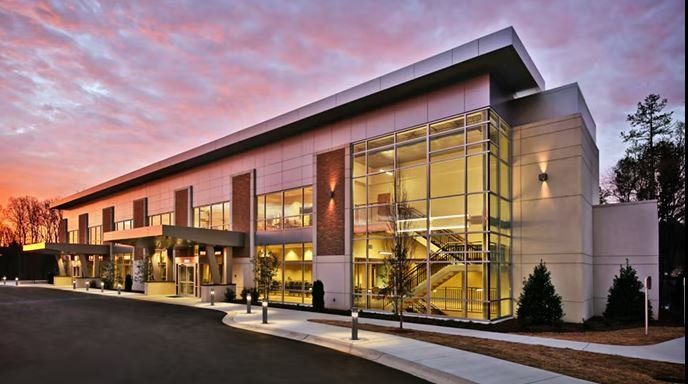Achieving Energy Efficiency in Architecture
Energy efficiency in architecture is crucial for reducing environmental impact, lowering operational costs, and enhancing occupant comfort. This article explores strategies, benefits, and examples of achieving energy efficiency through innovative architectural practices.

Sustainable Building Materials
Use of Renewable and Recycled Materials
Incorporating renewable materials like bamboo, cork, and sustainably harvested wood reduces environmental footprint and promotes resource conservation. Recycled materials such as reclaimed wood, recycled steel, and glass contribute to sustainable building practices.
High Thermal Performance Insulation
High-performance insulation materials like cellulose, fiberglass, and foam board minimize heat transfer, improve thermal comfort, and reduce heating and cooling energy demand in buildings.
Passive Design Techniques
Passive solar design maximizes natural light and heat from the sun to reduce reliance on artificial lighting and heating systems. Strategies include building orientation, shading devices, and thermal mass to optimize indoor comfort and energy efficiency.
Natural Ventilation
Natural ventilation utilizes prevailing wind patterns and building orientation to enhance airflow and indoor air quality. This passive strategy reduces the need for mechanical ventilation and cooling, lowering energy consumption.
Innovative Technologies
Energy-Efficient HVAC Systems
Advanced heating, ventilation, and air conditioning (HVAC) systems incorporate energy-efficient components such as variable speed drives, heat recovery systems, and smart controls to optimize energy use while maintaining indoor comfort.
Solar Photovoltaic (PV) Systems
Solar PV systems convert sunlight into electricity, providing renewable energy for lighting, appliances, and HVAC systems. Integration of solar panels on rooftops or facades enhances building energy efficiency and reduces reliance on grid power.
Benefits of Energy Efficiency in Architecture
Cost Savings
Energy-efficient buildings reduce operational costs through reduced energy consumption and lower utility bills. Initial investments in energy-efficient technologies and design strategies are often offset by long-term savings over the building’s lifecycle.
Environmental Impact
Reducing energy consumption in buildings decreases greenhouse gas emissions, mitigates climate change impacts, and conserves natural resources. Energy-efficient architecture contributes to global efforts towards sustainability and environmental stewardship.
Examples of Energy-Efficient Architecture
- One Central Park, Sydney: Incorporates vertical gardens, solar panels, and natural ventilation to achieve a 5-star Green Star rating, showcasing sustainable urban living.
- The Edge, Amsterdam: Utilizes smart sensors, LED lighting, and a highly efficient HVAC system to achieve net-zero energy consumption, setting a benchmark for sustainable office buildings.
Challenges and Considerations
Implementing energy-efficient strategies requires upfront investment, technical expertise, and regulatory compliance. Challenges such as initial costs, building codes, and occupant behavior impact the adoption and effectiveness of energy-efficient architecture.
Future Trends in Energy Efficiency
Advancements in building automation, smart technologies, and renewable energy integration will drive future trends in energy-efficient architecture. Concepts like net-zero energy buildings, passive house standards, and resilient design principles will shape sustainable building practices.
Conclusion: Towards Sustainable Architecture
Energy efficiency in architecture is a cornerstone of sustainable building practices, balancing environmental responsibility with economic viability and occupant comfort. By implementing innovative strategies and embracing technological advancements, architects can create buildings that promote energy conservation and environmental stewardship.Sustainable building materials and passive design techniques enhance energy efficiency.Innovative technologies like solar PV systems and energy-efficient HVAC contribute to reduced energy consumption. Collaboration among architects, engineers, and stakeholders is essential for achieving effective energy-efficient architecture.By prioritizing energy efficiency in architectural design, we pave the way towards a sustainable future, where buildings contribute positively to the environment and enhance quality of life for occupants.



